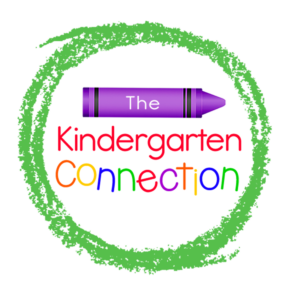Are your ears ringing from all the noise in your classroom? First, I want to remind you that loud doesn’t equal “bad.” Noise is NORMAL in an early childhood classroom and it’s sometimes even needed! But what do we do if it gets a bit too loud or is unproductive and we need to reign it in a bit? If you can relate or have asked yourself this question, check out these easy teacher tips for managing noise levels in the classroom!
*For more tips on how to create a positive AND playful learning environment in your classroom, be sure to join us in P.L.A.Y. (Playful Learning All Year)!
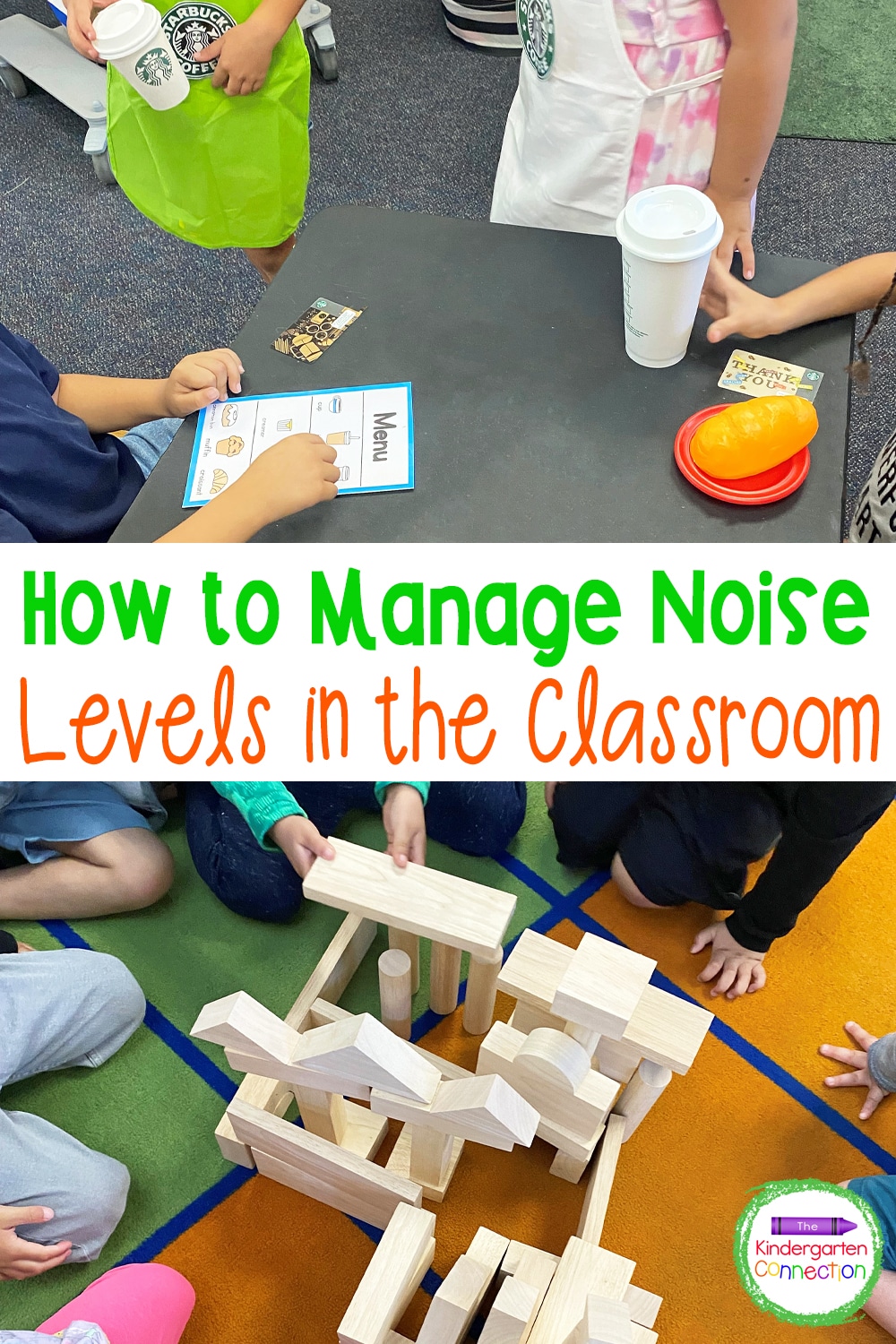
Managing noise levels in an early childhood classroom can be challenging. But I’m here to help!
To begin with, it’s important to refrain from over-reminding and telling students repeatedly to quiet down. They may not know what an appropriate voice level is or what “quiet down” actually sounds like. It’s time to teach them (even if you think they should know by now).
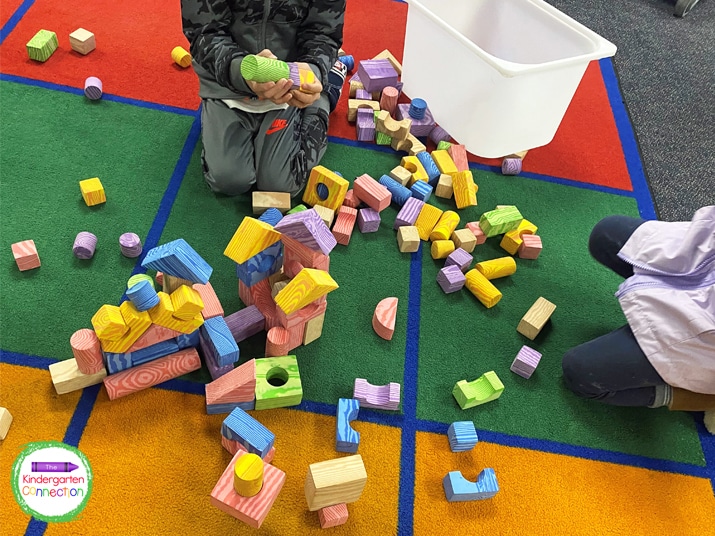
Sometimes we may need to start by teaching our students what a “regular voice” sounds like.
Have students say YOUR name out loud in their regular voice with you. (For example: “Mrs. John.”) They are not going to shout your name. They are not going to whisper your name.
The idea is for them to use their regular voice. (And remember, they are saying YOUR name, not theirs, so they do not get confused.)
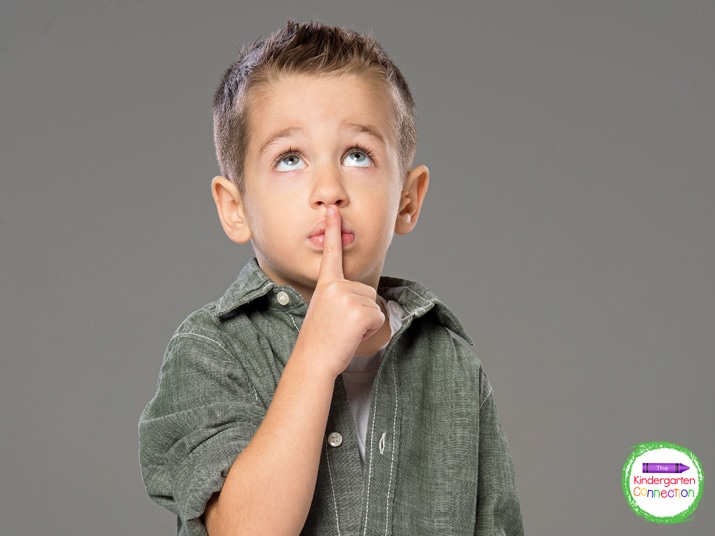
Now they know what an appropriate voice level is and they can return to centers and activities using that voice level.
You may find that after working through what it means to “quiet down,” the noise level goes back up. This is when it is important that you make sure you follow through with what you say will happen.
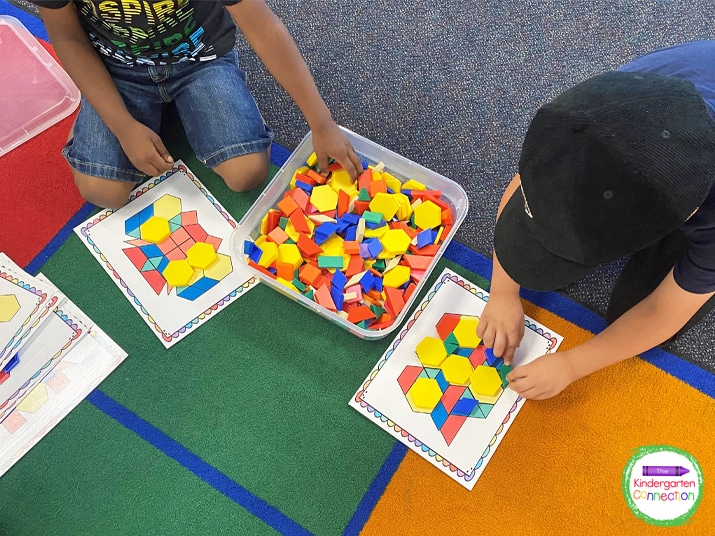
If we do not follow through we’ll end up right back in the cycle of over-reminding.
(even if you “aren’t allowed to play”)
If you’re wanting to incorporate playful learning, free-flowing centers, effective routines, and more in your Pre-K or Kindergarten classroom, then you’ll definitely want to join us in P.L.A.Y. (Playful Learning All Year)!
This course is a deep dive into practical ways that you can create a playful learning environment in your classroom. Be sure to request an invitation so you’re the first to hear when the virtual doors open!
